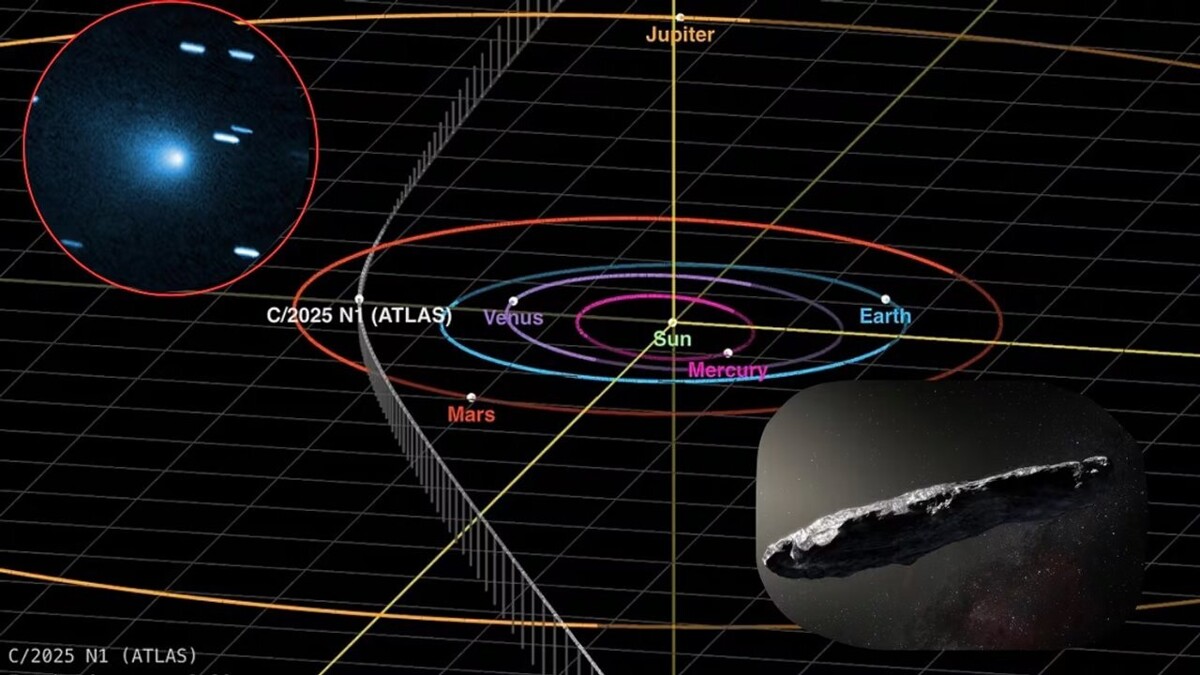
The interstellar comet 3I/ATLAS, the third confirmed object to enter our solar system from another star, surprised the scientific community by exhibiting behavior that does not align with traditional models.
Harvard astrophysicist Avi Loeb, who analyzed the available data, pointed out that the object showed "non-gravitational acceleration," meaning an additional force propelling it beyond what known physical laws would dictate. A notable aspect is that the observed acceleration was not only radial—i.e., moving away from the Sun—but also transversal, "as if something were deflecting it sideways."
The phenomenon was recorded during its passage through perihelion, the point in its orbit closest to the Sun. According to reports, during this approach, the comet experienced "a change in trajectory and acceleration that cannot be explained solely by gravity," which has generated new hypotheses and reignited the debate about the nature of these cosmic visitors.
Loeb suggested the most conventional explanation could be an intense outgassing from the sublimation of ice, a common process in comets. However, he warns that "the magnitude of the thrust exceeds what would be expected for a natural object," as the comet may have lost "up to a tenth of its mass just from that process" during its perihelion crossing.
This situation takes on greater significance when considering that 3I/ATLAS follows the line of other interstellar visitors that also showed irregularities, as was the case with 'Oumuamua in 2017.
The comet in question even presented "a color change to blue—unusual for a body that heats up as it approaches the Sun," suggesting a composition different from that of typical comets in our system. Unlike Borisov, the second detected interstellar object, 3I/ATLAS has not shown "calm" behavior: "it seems to be disintegrating faster than expected, expelling material on a large scale and altering its course."
The unusual nature of the object has led "some scientists to wonder if it is really a comet or something else." Loeb insists that the most reasonable hypothesis remains the natural one, but he emphasizes that we must "keep an open mind" to the possibility of it being interstellar technology, an idea he had already proposed in relation to 'Oumuamua.
While most astronomers reject the latter idea, it is acknowledged that the information available so far is limited, as the comet was "hidden behind the solar glare during the key moment of its approach." Perihelion occurred on October 29, and as 3I/ATLAS begins to move away from the Sun, "the window for obtaining data is shrinking," as by the end of the year it will be "too far to be studied in detail."
It is important to highlight that the comet poses "no risk to Earth," with a minimum distance of about 270 million kilometers.
At the same time, a question remains open: "why do the three interstellar objects detected so far behave so differently than expected?"













